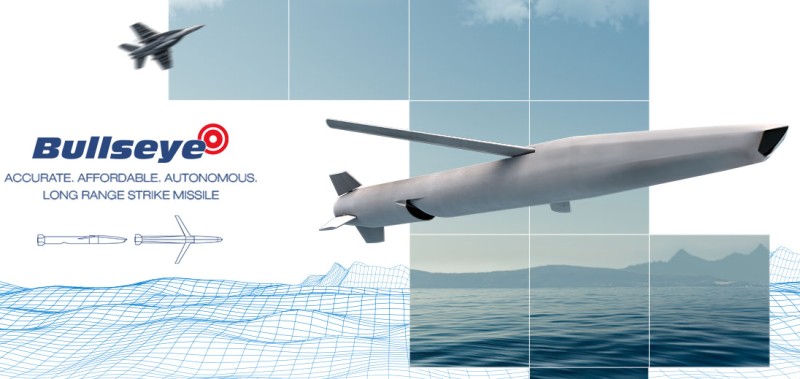
File photo of launch of a PAC-3 missile, part of Japan's Ballistic Missile Defense. Japan government image
TOKYO (BNS): Japanese Defence Minister Yasukazu Hamada ordered its military to be ready to intercept any dangerous debris that might fall on its territory if a missile launch planned by North Korea goes awry.
Pyongyang had announced earlier that it would launch a communications satellite between April 4 and 8. But South Korea, US and Japan believe that North Korea may test its longest-range missile, the Taepodong-2. It is believed that North Korea has already moved the missile to the launch pad.
Speaking to the media after a meeting of Japan’s Security Council, Hamada said that he had issued an order to the military to be prepared to destroy any object that might fall on Japan as a result of an accident involving a flying object from North Korea.
Japan, South Korea and the United States have urged North Korea not to go ahead, with the proposed launch stating that it would violate the UN Security Council resolutions banning North Korea from all activities related to its ballistic missile programme.
Meanwhile, nuclear envoys from the three countries are meeting in Washington on Friday over the growing concern over the likely launch. This will be the first acid test for US President Barack Obama on dealing with North Korea.
Even Pyongyang has warned that attempts by Japan, the United States and other members of the six-party talks on curbing its nuclear ambitions or imposing fresh sanctions on it would end the framework.
In August 1998, North Korea launched a Taepodong-1 missile, part of which flew over Japan and into the Pacific. The launch hastened Tokyo’s move to build a missile shield based on the US concepts. Experts believe that a Taepodong-2 missile is believed to have a range of more than 6,000 km, and its test launch in July 2006 failed immediately after launch.
Japanese news agency Kyodo says that under the country’s missile shield, the sea-launched SM-3 missile will intercept a warhead outside the earth’s atmosphere. If it misses the target, the ground-launched Patriot Advanced Capability-3 missile will intercept the payload as it re-enters the atmosphere.
Kyodo quoting government officials said that based on the Defence Minister’s order, Air
Self-Defence Force Patriot guided-missile fire units will be moved to Akita and Iwate prefectures to prepare for the possibility of rocket fragments dropping onto the area.
According to reports, in case the projectile falls onto Tokyo, four Patriot fire units will be deployed in and around the capital, including on the premises of the Defence Ministry headquarters near the Imperial Palace.
Two Maritime Self-Defence Force Aegis destroyers fitted with Standard Missile-3 interceptors are also expected to be deployed in the Sea of Japan to detect and track the rocket, and, if necessary, intercept it outside the earth’s atmosphere.
Analysts say that Friday’s order signified the first response Japan has taken against potential threats posed by a ballistic missile or similar objects since the country began building an antiballistic missile shield in 2003.
Chief Cabinet Secretary Takeo Kawamura told journalists that he believed the dangerous debris will not fall with in the country. “I call on the Japanese people to lead their lives and go about their business normally,” Kawamura said. The cabinet secretary asked the citizens to be alert and heed the advice aired on TV and radio.
In a statement released by its state media Korean Central News Agency (KCNA) quoting an official said that North Korea warned that any action by the UN Security Council to punish it would be a hostile act.
“If such hostile act is committed in the name of the UN Security Council as to infringe upon the sovereignty of North Korea while denying its right to peaceful use of space, it will just mean the UNSC’s denial of the September 19 joint statement,” the KCNA statement said.














The Indian Air Force, in its flight trials evaluation report submitted before the Defence Ministry l..
view articleAn insight into the Medium Multi-Role Combat Aircraft competition...
view articleSky enthusiasts can now spot the International Space Station (ISS) commanded by Indian-American astr..
view article